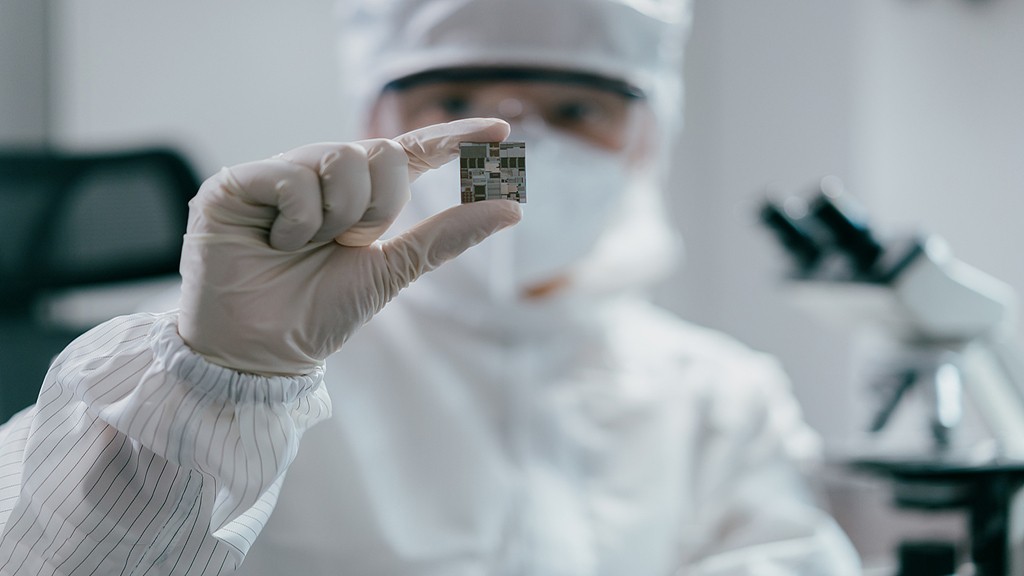Semiconductor, integrated circuit and chip knowledge class
In modern society, electronic technology is everywhere. From smart phones to supercomputers, from smart homes to self-driving cars, these high-tech products are inseparable from the three core technologies of semiconductors, integrated circuits and chips. So, what are these three? What is the relationship and difference between them? Let's explore this mysterious and fascinating electronic world together.

1. Semiconductor: Basic material of electronic devices
Semiconductor is a magical material with conductivity between conductors and insulators. Its conductivity can be regulated by doping other elements or applying external conditions (such as temperature, light, etc.). Common semiconductor materials are silicon (Si) and germanium (Ge).
Semiconductor materials are the basis for manufacturing electronic devices, such as diodes and transistors. These electronic devices have basic functions such as rectification, amplification, and switching, and are an indispensable and important part of modern electronic devices.

2. Integrated circuit: a collection of microelectronic devices
Integrated circuit is a microelectronic device that interconnects multiple electronic components (such as transistors, resistors, capacitors, etc.) and wiring, and integrates them on a small semiconductor chip or dielectric substrate. Its appearance has greatly improved the performance and reliability of electronic equipment and reduced costs and power consumption.
The manufacturing process of integrated circuits is very complex, including chip design, mask making, photolithography, etching, metal deposition and other steps. These steps require high-precision equipment and processes to ensure the stability and reliability of the circuit.
Integrated circuits are widely used in computers, communication equipment, consumer electronics, automotive electronics and other fields. With the continuous advancement of electronic technology, the performance of integrated circuits is also constantly improving, providing strong support for various high-tech products.

3. Chip: Highly integrated circuit carrier
Chip is a general term for semiconductor component products, also known as integrated circuits or microprocessors. It is a highly integrated circuit that integrates a large number of electronic components and circuits on a tiny silicon chip to achieve complex electronic functions.
The structure of the chip is very complex and usually consists of multiple semiconductor devices (such as diodes, triodes, etc.), which are connected together through precise layout and manufacturing processes to form a complex circuit network. The function of the chip depends on the type of circuit integrated on it, such as the central processing unit (CPU) chip is used to perform computing tasks, and the memory chip is used to store data.
The manufacturing process of the chip is similar to that of the integrated circuit, but it focuses more on the integration and packaging of the entire circuit. It includes steps such as wafer processing, thin film deposition, photolithography, etching, etc., and finally encapsulates the circuit in a tube shell to form a complete chip product.
4. The relationship between semiconductors, integrated circuits, and chips
Semiconductors can be said to be the basis of integrated circuits and chips. Semiconductors refer to a class of substances that have good conductivity at high temperatures and behave as insulators at lower temperatures. The unique properties of semiconductor materials make them ideal materials for manufacturing integrated circuits and chips. Semiconductor materials such as silicon and germanium can realize the functions of electronic devices such as diodes and transistors by controlling their conductivity.
Integrated circuits are a technology that integrates hundreds to billions of tiny electronic components (such as transistors, capacitors, resistors, etc.) onto a small semiconductor chip. The emergence of integrated circuits has revolutionized the way electronic devices are manufactured and used. It has greatly reduced the size of electronic components, increased the integration of functions, reduced the power consumption of circuits, and provided a foundation for the miniaturization, high performance and high reliability of electronic equipment. Integrated circuits make electronic products more intelligent and portable, opening a new era of modern electronic technology.
Chips are the specific implementation of integrated circuits. A chip refers to a product that manufactures the electronic components of an integrated circuit on a semiconductor substrate in a certain layout and connection method. A chip is usually composed of multiple levels of metal wires, transistors and other electronic components. Various functions are realized through the connection between these components. Chips are the product of integrated circuit technology and an indispensable key component of modern electronic equipment.
The connection between semiconductors, integrated circuits and chips can be understood by a simple metaphor: semiconductors are like bricks used to build a house, integrated circuits are like bricks placed together according to certain rules to form walls, doors and windows, etc., and chips are concrete houses with complete functions. They are interdependent and mutually reinforcing, and together constitute an important part of modern electronic technology.
Conclusion
Semiconductors, integrated circuits and chips constitute the core cornerstone of modern electronic technology. Their continuous evolution and innovation have not only profoundly reshaped the technological landscape of human society, but also greatly broadened the boundaries of scientific and technological applications. Looking to the future, with the rapid development of electronic technology, we have reason to believe that these technologies will lead to the emergence of more cutting-edge high-tech products, give birth to a series of innovative applications, further enrich our lives, improve the efficiency of social operations, and provide strong technical support for human exploration of the unknown world.




 Need Help?
Need Help?







